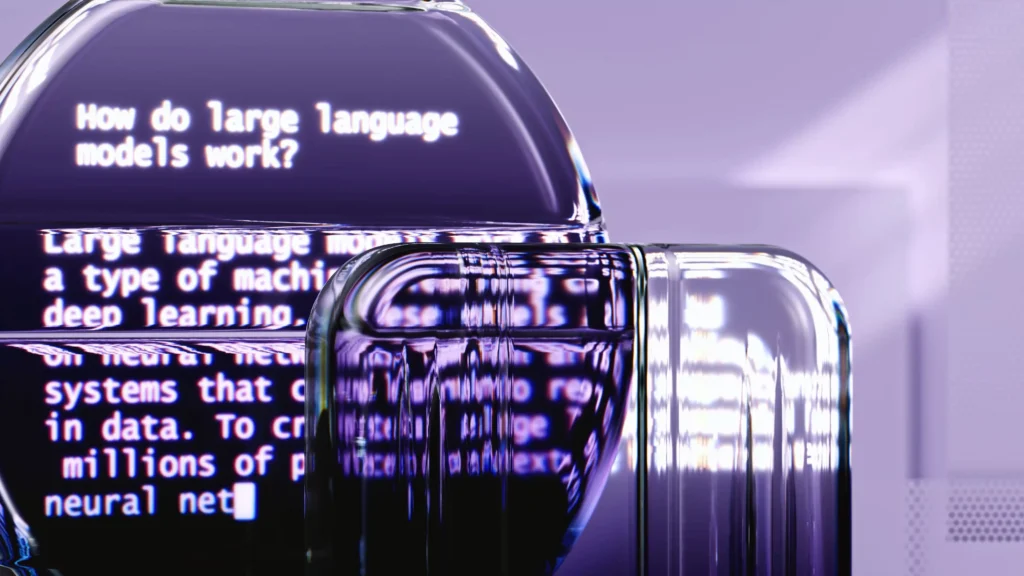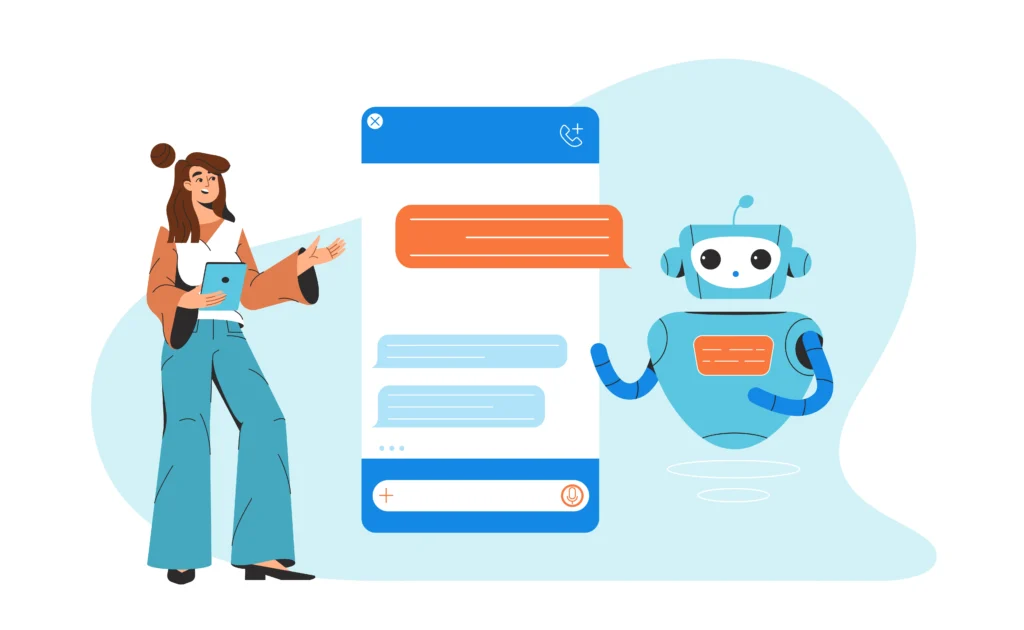Narrow Artificial Intelligence (Narrow AI), or in simple terms, Weak Artificial Intelligence (Weak AI), is a type of AI that is limited to performing a specific range of tasks. This refers to the artificial intelligence that replicates or even surpasses human intelligence for a dedicated purpose.
Weak artificial intelligence simulates human cognition where it shows the potential to automate time-consuming tasks and analyze data in ways that humans can’t usually. This can be a theoretical form of machine intelligence that is equal to human intelligence. The fact that weak AI systems operate on a specific task, they follow more constraints than even the most basic human intelligence to perfect that task and do it even better than humans.

Deep Blue is the first and most famous example of weak AI. Created by IBM, Deep Blue beat world chess champion Gary Kasparov in a six-game match in 1997. Here, Deep Blue managed to choose from hundreds of millions of moves to “see” 20 moves ahead of its opponent. This was a feat no human to date has been able to achieve.
Understanding Weak AI
Weak AI or Narrow AI lacks human-like consciousness, although it may be able to simulate it several times. One of the classic illustrations to understand weak AI is John Searle’s Chinese room thought experiment. According to this experiment, someone outside a room can converse in Chinese with someone inside a room who is receiving instructions on communicating in Chinese.
In this experiment, a person who’s inside the room would appear speaking Chinese, but in reality, they don’t know or understand a word of Chinese just because they were instructed to follow instructions, not really speak in Chinese. They reflect to have strong AI – machine intelligence equivalent to human intelligence – but only weak AI.
Narrow or Weak AI do not have general intelligence; they have limited or specific intelligence. A weak AI system will be better at one task but fail at another. In the same way, a form of AI that can pretend to converse in Chinese cannot confirm they will sweep your floor.
Common Examples of Weak AI
The following systems can be the best examples to demonstrate the applications of weak or narrow artificial intelligence:
- Chatbots and Virtual Assistants: Popular virtual conversational assistants such as Google Assistant, Siri, and Alexa, are included in this category. Apart from these, simple customer-service chatbots that assist customers in resolving their queries online, are the best examples of narrow AI.
- Self-Driving Vehicles: Autonomous or semi-autonomous cars, autonomous drones, and factory robots are all applications of weak artificial intelligence.
- Image and Facial Recognition Systems: These systems are used by Meta and Google to identify people in photographs and pictures are examples of weak AI.
- Online Gaming: Computer-generated players or non-player characters (NPCs) similar to human-like intelligence in online video gaming are quite a few examples of weak AI.
- Apple Autocorrect: This keyboard dictionary spellchecks words while you’re typing, correcting misspelled words for you automatically.
- Email spam filters: A computer follows an algorithm to filter out messages that are likely to be spam and then redirects them from the inbox to the spam folder.

Advantages of Weak AI
Weak AI has a number of advantages in the technology field. Some of the best examples are:
- Faster and Accurate Decision Making: Improved decision-making by processing data and performing tasks more quickly and better than humans. They enhanced total production and efficiency, which in turn raised the usual standard of living.
- Perform Mundane Tasks: Weak AI is well-proficient in performing several tedious, repetitive, and everyday tasks that humans can do usually. They have streamlined daily tasks and lowered the energy consumption to process large amounts of data to produce solutions.
- Forecast Results: Weak AI systems can do forecasting analyses based on received inputs. This AI foresees revenue projections in case there is a failure of the supply chain and manages the purchase of expensive materials.
Disadvantages of Weak AI
Apart from having the best use in industry, weak AI comes with some unfortunate disadvantages, such as:
- Weak AI can cause harm if there is a system failure because of its limited capabilities. For example, a driverless car may cause a deadly collision if it miscalculates the location of an oncoming vehicle.
- The system can cause harm if it is being used by someone who wishes to cause harm, consider a terrorist who deployed a self-driving car with explosives in a crowded area.
- Loss of jobs is also a rising example of the disadvantages of weak artificial intelligence. This will lead to a skyrocket in unemployment in the near future.
Weak AI vs Strong AI: Key Differences and Future Potential of AI
| Weak AI | Strong AI |
|---|---|
| Can perform specific tasks | Can perform human intelligence-level activities |
| Programmed for limited functions | Have the ability to learn, think, and perform a wide range of activities |
| Doesn’t have any consciousness or awareness of its own | Possess common sense and logic |
| Focus on delivering creative and accurate solutions | Focus on solving problems at a faster pace |
| Examples include Alexa, Cortana, Siri, and Google Assistant | Robots with high intellect and supercomputers are the best examples of strong AI |
In a nutshell, Weak AI lacks self-awareness and does not display human-like cognitive capabilities broadly. Weak artificial intelligence cannot be placed equally as human intelligence levels as they’re unable to reason and make decisions independently like humans.
Strong AI, on the other hand, is a sort of artificial intelligence that has progressed to the point where it can be termed as actual intelligence. Strong AI works with the right functional structure which has a conscious mind that perceives, thinks, and works the same way as a human mind does.

